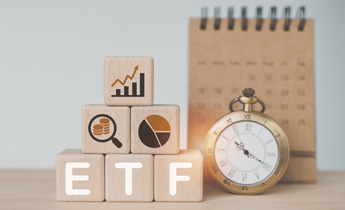Our Approach
We believe that financial planning is not about products, but about people.
At Avinash Atul Mehta, we help clients achieve their life goals with:
At Avinash Atul Mehta, we help clients achieve their life goals with:

Who We Are
Founded in 1998, Avinash Atul Mehta has been committed to guiding individuals and families on their financial journey. With over 1,100 satisfied clients, we are proud to be a trusted partner in wealth creation and financial security.
Our Mission
To provide simple, transparent, and unbiased financial advice that empowers clients to make informed decisions and achieve their dreams.
Our Mission
To provide simple, transparent, and unbiased financial advice that empowers clients to make informed decisions and achieve their dreams.
Our Values
- Integrity in every recommendation
- Clarity and transparency in communication
- Commitment to client-first solutions
Our Products

Mutual Funds
A mutual fund is a professionally managed investment vehicle that pools money from investors to invest in different asset classes.

Equity and ETFs
Equities offer direct company ownership, while ETFs provide diversified exposure through a basket of securities.

NPS
The NPS is a government-backed retirement scheme offering flexibility, savings, and potential returns for a secure future.

PMS
PMS offers HNIs customized wealth management solutions, tailored to goals, risk, and investment horizons in India.

Loan against MF
A loan against mutual funds lets investors borrow using their holdings as collateral, providing liquidity without selling assets.

Insurance
Protection against financial risks by covering losses of the insured during unforeseen and adverse circumstances.
Articles
Stay informed and ahead with our insightful blogs.























